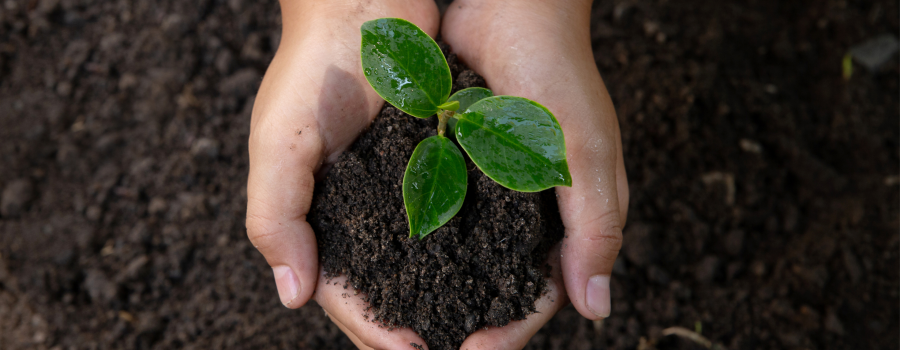For the Lord your God is bringing you into a good land, a land of brooks of water, of fountains and springs, flowing forth in valleys and hills, and a land of wheat and barley, of vines and fig trees and pomegranates, a land of olive trees and honey. (Deuteronomy 8:7-8)
Let’s hear it for pollinators!
1 in 3 bites of our food depends on the interaction between pollinators and plants, but pollinator numbers are declining. Fortunately that decline is reversible. According to the Smithsonian, here are some of the “best ways in which to make your backyard a bustling pollinator metropolis.”
1. Grow more gardens fewer lawns
2. Plant native flowers. This does not mean that you have to abandon all of your ornamentals – just plant clumps of natives also particularly in the families of daisies, legumes, and mint. I still have my crepe myrtle and mandevillas but also goldenrod, jewel weed and I am currently enamored with the smell of my honey milkweed vine.
3. Diversify the garden in size, shape, and color
4. Take advantage of the whole blooming season not just spring and early summer
5. Create habitats for nesting bees – leaving hollow stems and bits of wood in the garden
6. Provide sources of water. I have seen some bird baths with colorful rocks to allow pollinators to drink without drowning. (I have learned that it is important to change the water reasonably frequently to avoid mosquito breeding grounds.)
7. Don’t mow so often. The Smithsonian gardeners recommend every 2-3 weeks allowing pollinators to take advantage of any flowers that crop up. (not hard to do in this hot dry month)
8. Avoid pesticides. How can you keep those pesky aphids and mealybugs in check without pesticides? Counterintuitively, Walker [Holly Walker, Smithsonian entomologist] says the best solution is adding more insect species to the mix rather than removing existing ones. “If you allow other insects, natural enemies—ladybugs, praying mantises, parasitic wasps and predatory mites—into your garden,” she says, “they actually do a very good job of controlling the ones you don’t want.”
9. Learn to love imperfection. (Actually this is a good message for life.) Tolerate that caterpillar-eaten leaf knowing a butterfly will follow.
10. Look out for pollinators besides bees and butterflies like moths, flies, and beetles. Our delicious pawpaws are fertilized by flies and beetles because the pawpaw flower smells like rotting meat.
–Beth Jackson, God’s Green Team Lead




Leave a Reply
Your email is safe with us.